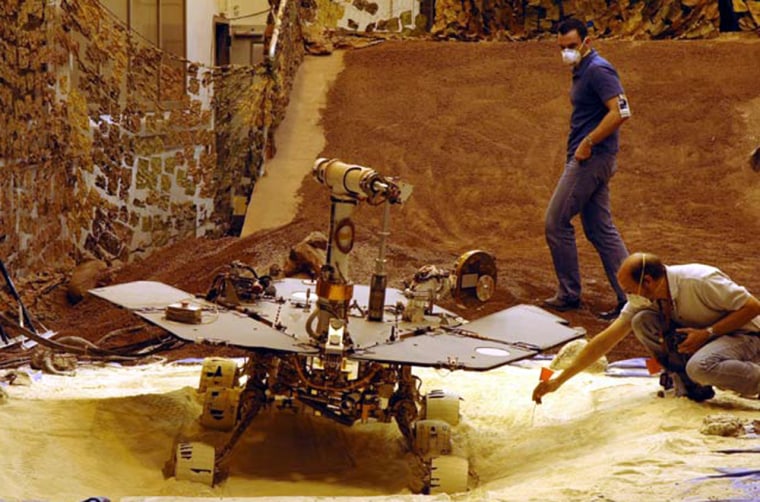
This is consistent with observations made by robotic missions since NASA’s Viking 1 and 2 missions explored Mars in the late 1970s.

Credit: NASA/JPL/Ken Kremer/Marco Di Lorenzo

NASA’s Curiosity rover explores sand dunes inside Gale Crater with Mount Sharp in view on Mars on February 16th, 2017. But unlike other features that are hundreds of eons or billions of years old, the team estimates that these features formed between 1.4 million and 400,000 years ago (perhaps even more recently).Īs they explain in their paper, the team was able to rule out the possibility that frozen carbon dioxide (“dry ice”) and wind were responsible: Like other features that formed in the presence of water, these were then preserved by Mars’ extremely cold and dry atmosphere. Once the water sublimated in Mars’ atmosphere, patches of hard crust and loose material were left behind, along with depressions and ridges. The team concluded that these features were formed from small pockets of water from thawing frost or snow mixed with mineral salts.
NASA MARS ROVER PATCH
When observing a patch of dunes in the southern part of Utopia Planitia, Zhurong noted crusts, cracks, aggregates, and bright polygonal ridges. These result from high winds depositing sand in a crescent shape, with the curved side facing in the direction of the wind. These dunes are a characteristic feature in Mars’ northern hemisphere that are similar to dunes that appear in deserts all across Earth. Credit: NASA/ HiRISE/MRO/LPL (UofA)Īs they describe, the Zhurong rover observed interesting features on the surfaces of Barchan dunes in Utopia Planitia, a massive plain and the largest impact basin in the Solar System. Mars’ Barchan Dunes, captured by the MRO’s HiRISE Camera. Their findings were described in a paper that appeared in Science Advances on April 28th. They were joined by many additional researchers from these respective institutions, the College of Earth and Planetary Sciences, and the Institute of Atmospheric Physics. The research team was co-led by Xiaoguang Qin and Xu Wang of the Key Laboratory of Cenozoic Geology and Environment at the Institute of Geology and Geophysics and Xin Ren and Jianjun Liu of the Key Laboratory of Lunar and Deep Space Exploration (part of the National Astronomical Observatories). According to new research from the Chinese Academy of Sciences (CAS), the Zhurong rover observed salt-rich dunes in the Utopia Planitia region that showed cracks and crusts, indicating the possible presence of water as recently as a few hundred thousand years ago. According to China’s Tianwen-1 mission, which includes the Zhurong rover, there may have been liquid water on the Martian surface later than previously thought. Over time, as Mars’ atmosphere was slowly stripped away, much of this water was lost to space, and what remains is largely concentrated around the poles as glacial ice and permafrost.įor years, space agencies have been sending robotic landers, rovers, orbiters, and aerial vehicles to Mars to learn more about when this transition took and how long it took. And yet, there’s ample evidence that the planet was once much warmer and wetter, with lots of flowing and standing water on its surface. The soil is many times as dry as the driest desert on planet Earth, the temperatures swing from one extreme to the other, and the air is incredibly thin and toxic.

The surface of Mars is a pretty desolate place at first glance.


 0 kommentar(er)
0 kommentar(er)
